













The magazine of the art-form of the photo-essay
“A free, really high quality photo-essay magazine. Fabulous!”
Stephen Fry. British actor, writer and film & documentary maker

May 2015 back issue



by Janhavi Welinkar
Saligao - A Biography is a travel story shot in the span of seven days, showcasing the social and cultural life of the
residents of Saligao. A popular census town in North Goa district of the Indian state of Goa, Saligao is home to a
diverse set of people and an eclectic range of places. It lies 10 km from Panjim the capital of Goa, 6 km from Maps the
capital of the Bardez Taluka and 3 km from the popular beach belt of Baga and Calangute.
This story was a result of a workshop conducted by National Geographic photographer Catherine Karnow and offers a
glimpse into the world of this charming but quirky town and the life led by its citizens.
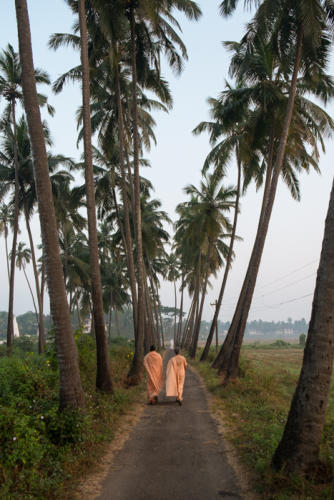
A long narrow road flanked by coconut trees leads the
way to the Saligao cemetery. Nuns often make the long
walk from the cemetery road to the Mae de Deus Parish
Church.
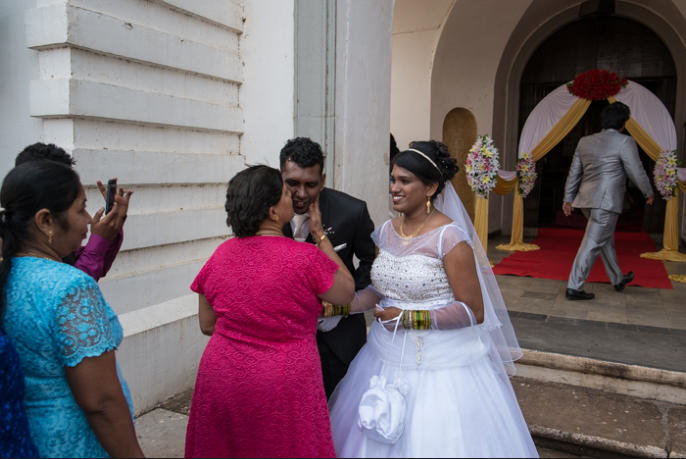
Friends and family congratulate Ambrose and Rufa on their wedding. The culture of Goan Catholics is a blend of
Portuguese and Indian cultures. After the Portuguese arrived in Goa in 1510, the Indians adopted their culture but
retained their Hindu caste system and oter customs and traditions.
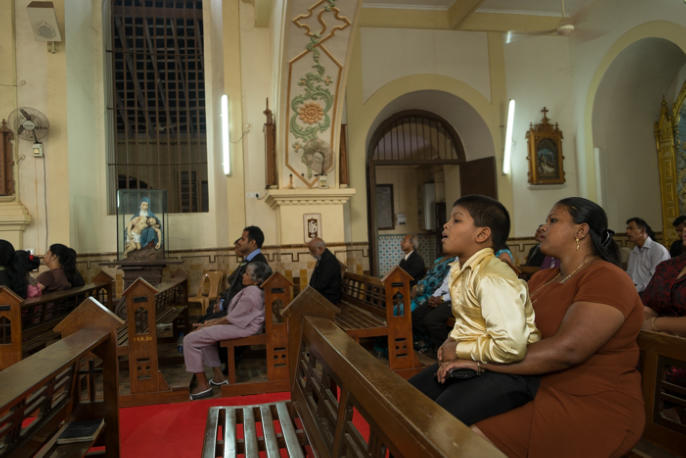
A boy and his mother watch on as the bride and groom take their vows. Weddings are a common affair at the Mae de
Deus Parish Church. Contemporary Goan Catholics typically have a White wedding imbued with Hindu customs.
Some catholic Goan brides wear bangles to the ceremony.
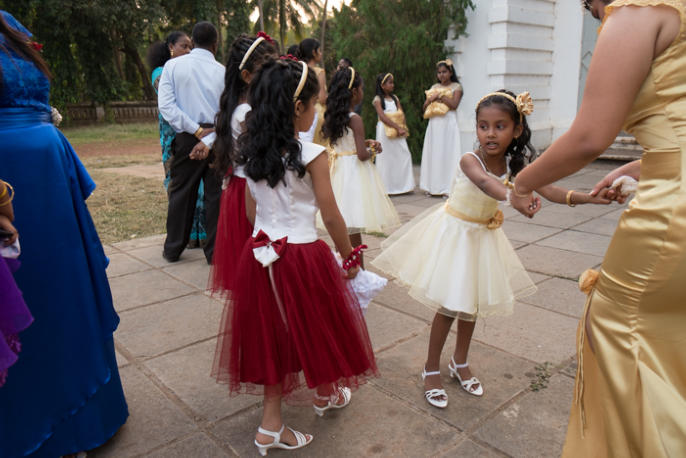
Goan children are brought up with strong familial values. Culture and heritage play an important part in their
upbringing.
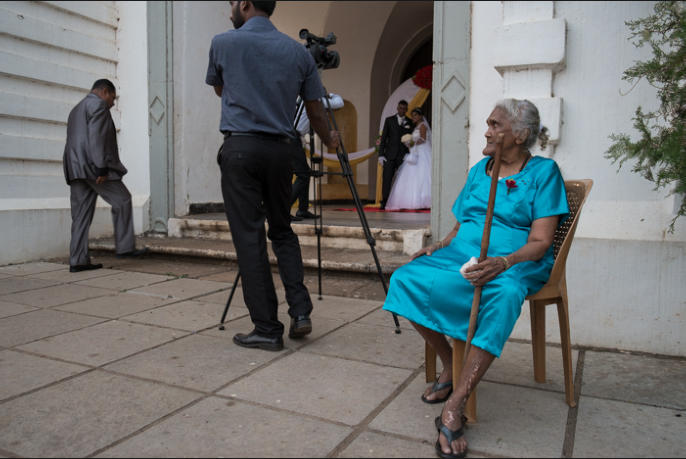
With the introduction of technology and video cameras to weddings and other functions, families are far less involved
in preparation than they used to be.
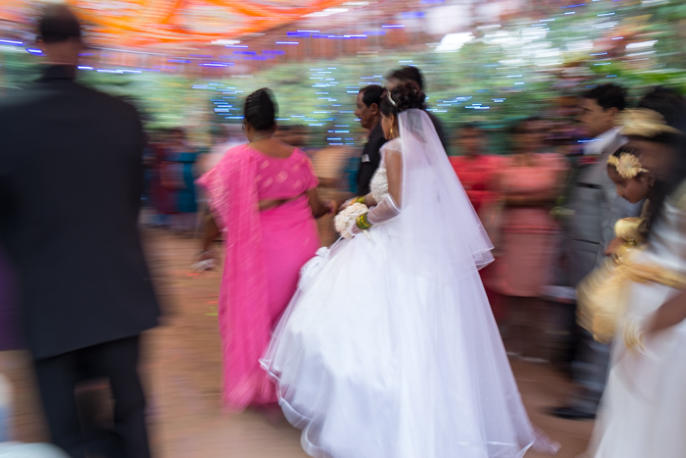
Rufa, the bride, being led into her husband’s house after the ceremony. Tradition requires the bride to be escorted into
the groom’s house by his parents. She is then blessed by the local priest and given gifts by the family.
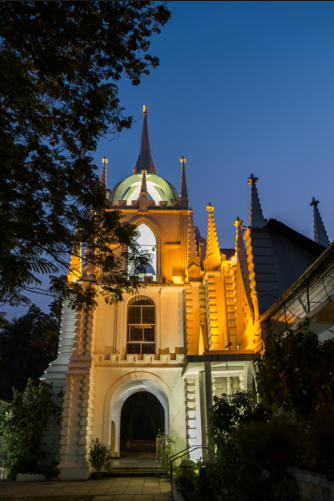
The Mae de Deus Parish Church was built in 1873 and is
Saligao’s largest tourist attraction. Affiliated to the Church
is the Mae de Deus home for the aged, run by Franciscan
missionaries of Christ the King sisters.
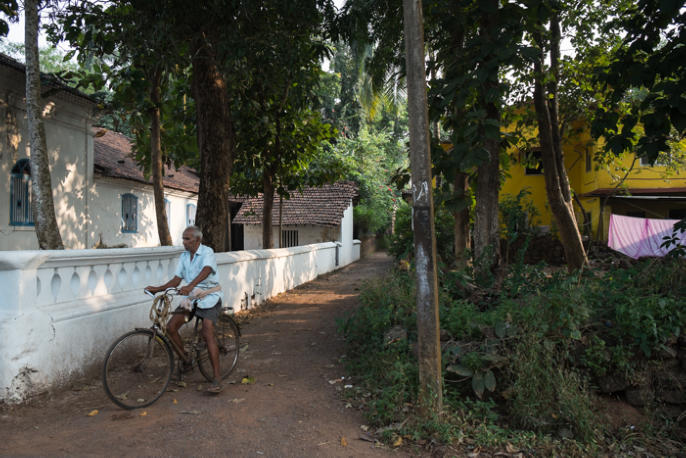
Much like the rest of Goa, small villages have a quiet life. Roads lie bare in the afternoon and shops close after lunch.
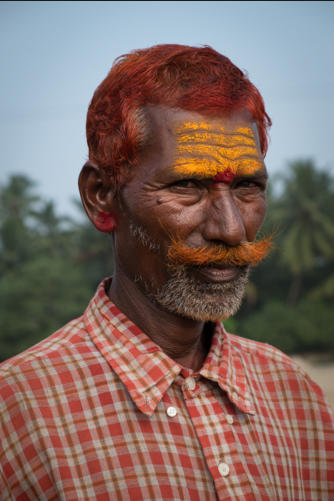
Chandrappa, a migrant worker from Karnataka, South
India. The influx of migrant workers is a leading cause of
social tension in Goa. They are often unfairly blamed for
the spurt in the crime rate. Thousands of migrants,
especially those involved in petty trade or working as
laborers in the construction industry and road building try
their best to melt into the local population but with little
success. Migrants working in the organized and
unorganized sectors in the State are estimated at 3.3
lakhs, almost double in over two decades.
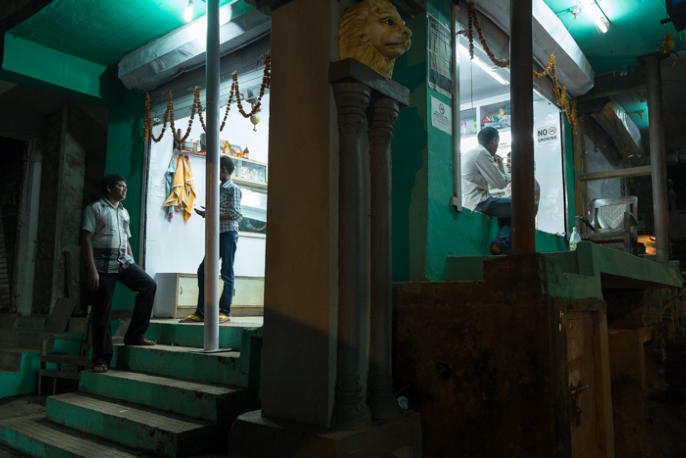
A barber’s shop in Saligao. Often recognizable with their colored walls, they are a gathering spot for locals to catch up
on latest gossip.
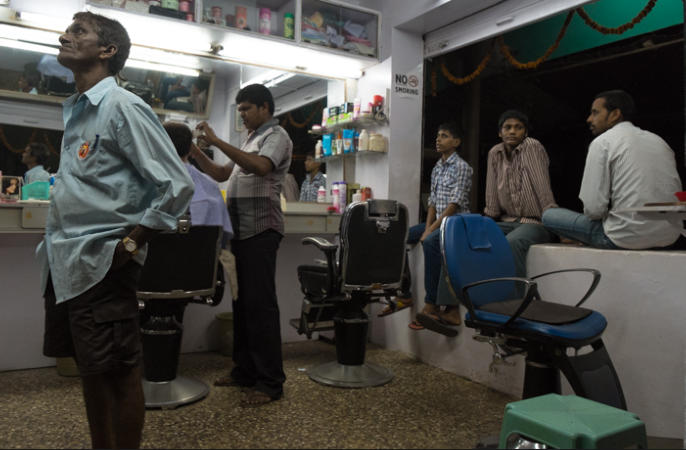
Inside a barber’s shop in Saligao. Locals gather to watch the news or a cricket match on TV.
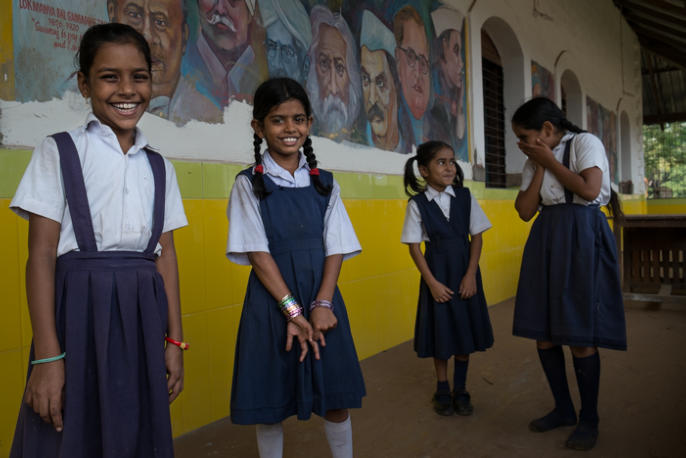
Schoolchildren of the Government School, Saligao during their break. The school’s corridors are adorned with faces
of Indian freedom fighters and were painted by an artist from Kerala, a state in Southern Indian. Saligao has an
average literacy rate of 82%, higher than the national average of 59.5%; male literacy being 87% and female being
76%.
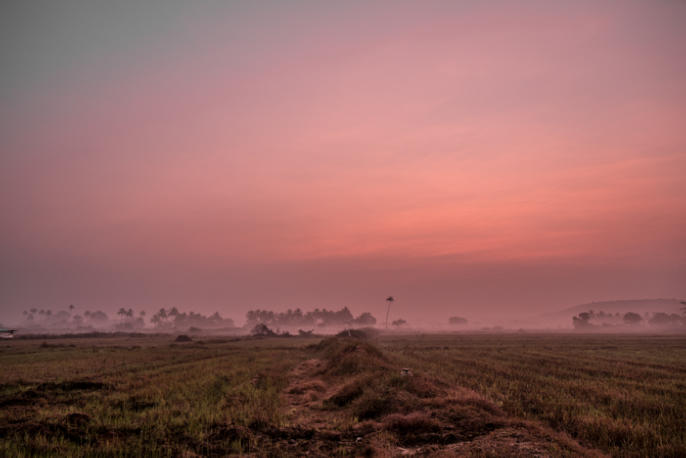
Sunrise on Saligao fields. Huts belonging to migrant workers employed on construction sights dot the landscape. In
recent years, there has been a growing concern raised by villagers over the dumping of garbage from the coastal belt
on the hillock atop the village. On December 12, 2002, a writ petition was filed over the issue in the Goa bench of the
High Court of Bombay, deeming the location inappropriate by having grievous consequences to the environment.
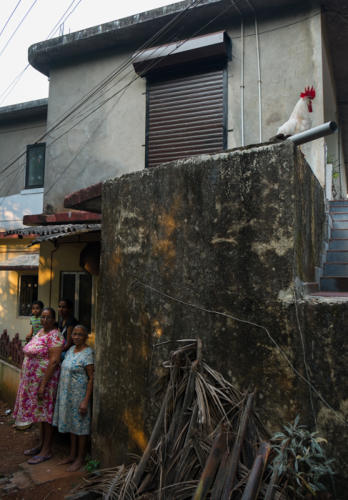

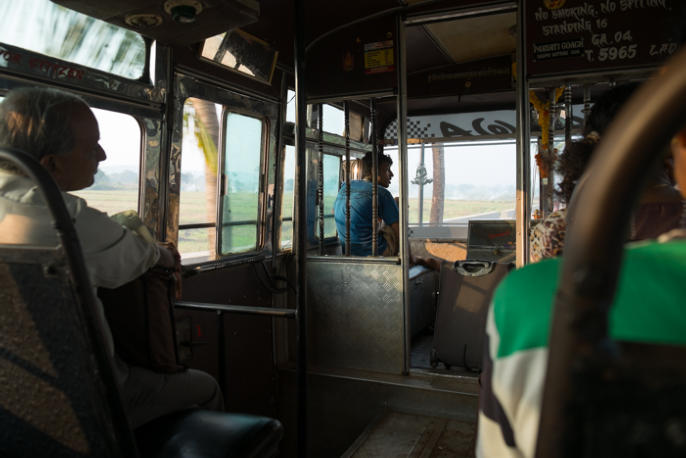
Nestled in the interiors of the village are massive traditional
Portuguese villas. The homeowners in Saligao were mainly
Catholic and were generally better off than their Hindu fellow
villagers as a result of having inherited many social
privileges from their ancestors who chose to convert to
Catholicism after the colonisation of Goa by the Portuguese
in 1510.
Local bus transport in Goa is the best travel option for locals. With a half-hour system between each bus, it is the most
widely used and comfortable option in Goa. Mapusa being the nearest hub, the ride to Saligao is indeed a scenic one
with paddy fields on either side of the road and coconut trees leading the way.











